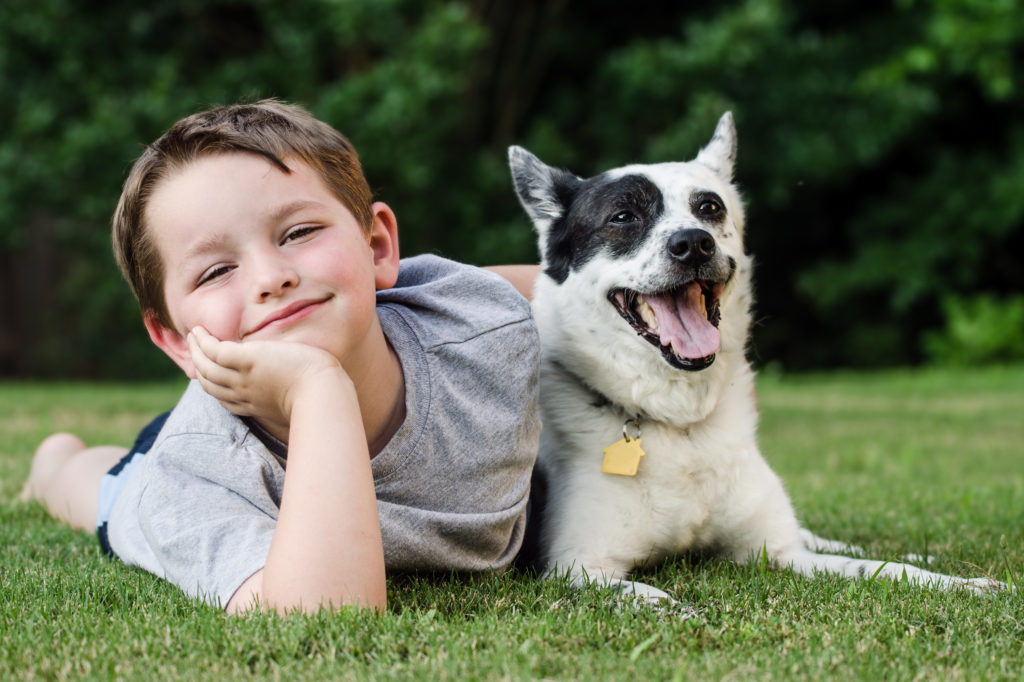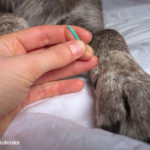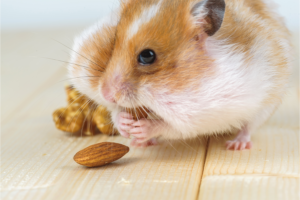
We spoke with a veterinarian to bust the myths of healthy pet food and to tell us once and for all what’s safe for our pets and what isn’t.
With so much information on the internet, it can be really confusing for new pet owners to figure out what’s the best food for their pet. With the overwhelming amount of information and research, sometimes it feels like there’s more bad stuff out there than good.
The myth about grain-free food
In the pet owner community, you often hear how grain-free food is good for pets. But that’s nothing more than a myth. Extensive research reveals that while a grain-free diet doesn’t hurt animals, it doesn’t benefit them much either.
Grains are not a common allergen in pets, and because of this, they are considered a “safe” food for animals with food allergies.
Common food allergens
The number one food allergen in both dogs and cats is beef. The second is dairy products.
According to PetMD, “In a study of 278 cases of food allergies in dogs where the problem ingredient was clearly identified, beef was by far the biggest culprit (95 cases). Dairy was number two with 55 cases. Wheat came in third with 42 cases.” Contrary to popular opinion, soy and corn barely accounted for food allergies in the study.
It’s important to identify food allergies in your pet as early as possible. If it isn’t obvious what your pet is allergic to, make an appointment with a vet who will do allergy testing of multiple food groups in a controlled environment.
Study the ingredients
Read beyond the label at the front of the box food you’re purchasing for your pet and look at the ingredients on the back as well. You’d be surprised to find some unexpected ingredients there mixed in that are not reflected on the front label. We’ve often caught chicken or beef written at the back of a can for salmon, so don’t just go with what’s written on the front.
Don’t fall for gimmicks
One thing that pet owners often fall while food shopping for food are gimmicks like “gluten-free” or “grain-free”. These are usually pulled from trends in human eating and research, but do not have much application in the animal world. You can always do a quick Google search in the store to see if they’re relevant to your pet.
Search for the AAFCO label
Veterinarian Dr Gardner advises pet owners to look for food labeled from the Association of American Feed Control Officials (AAFCO). She says, “AAFCO governs what goes into food. Any foods that are stamped with that label means they have been quality- control sampled so they are balanced. They are a complete nutritional option for your pet. AAFCO labels ensure that the food are of good quality. They will be a balanced meal with a good protein source, carbohydrate source and fats. They will also contain a strong trace of minerals and vitamins that every dog will need to sustain good health. So as long as you have that stamp on the product you’re picking up, you’ll know that’s a good quality food.”
You can find a statement and logo from AAFCO certifying the food is nutritionally balanced on the packaging – usually on the top left or right corner.
Wet food or Kibble?
There’s basically two kinds of food for pets – the wet food that comes in cans, and dry kibble. Between the two, veterinarians advise giving kibble or dry food to your pet. They aren’t as high in fats and carbs as canned food, and they last longer.
Do not rule out canned food completely, since you can give it as a treat once in awhile. Food in a can usually lasts for 36 hours once open while an open kibble box lasts much longer. More importantly, your dog feels fuller and more satisfied afterwards after a kibble meal.





